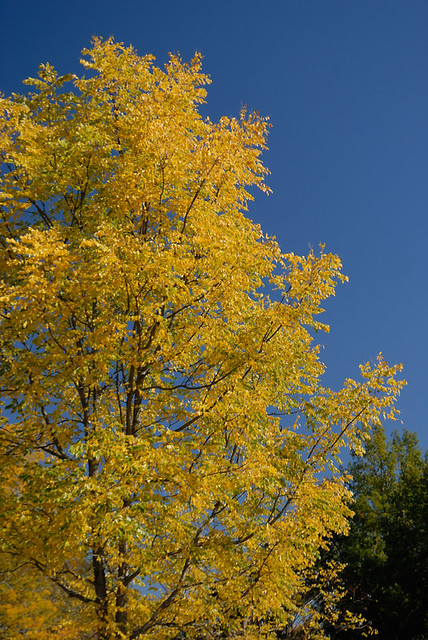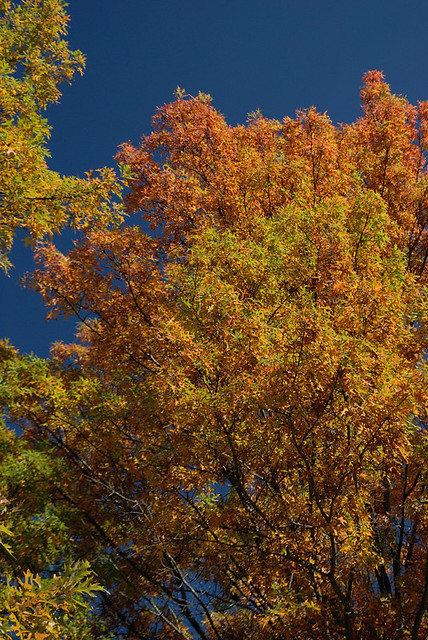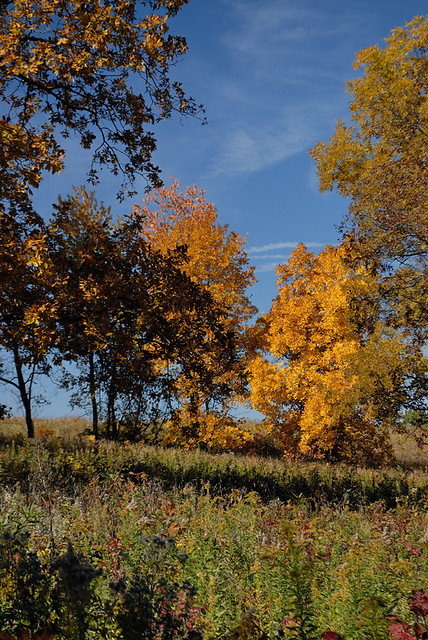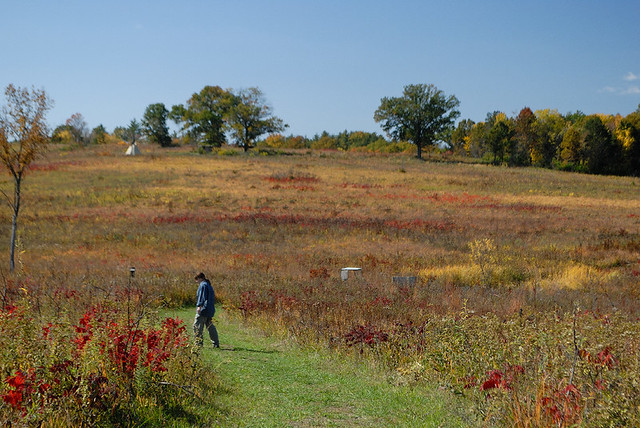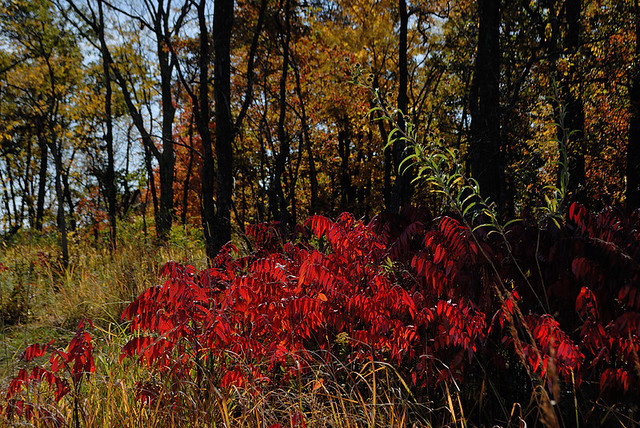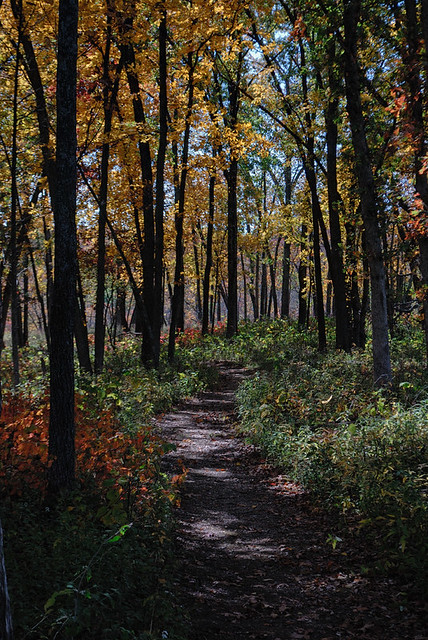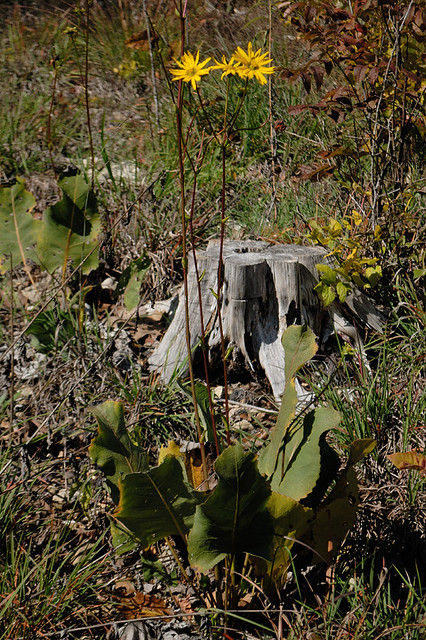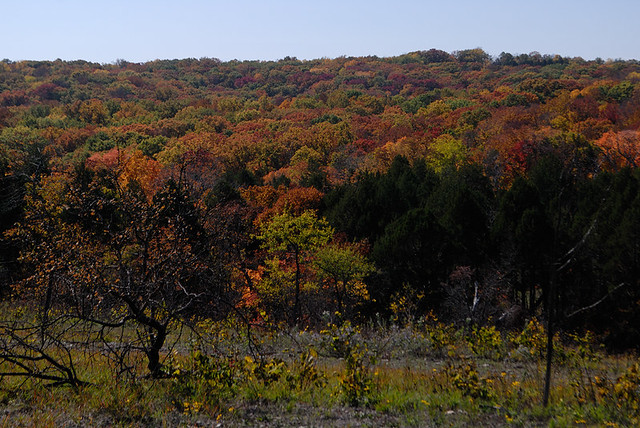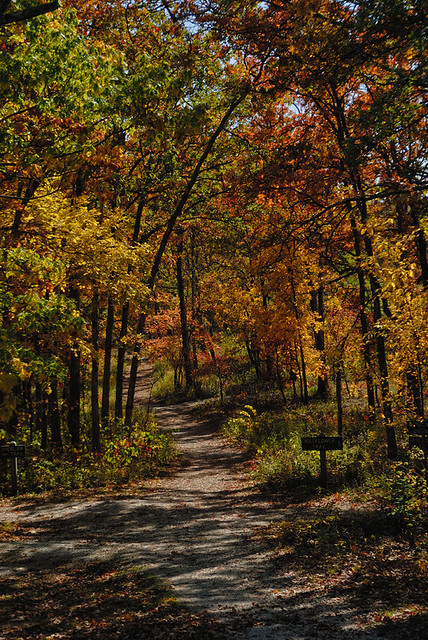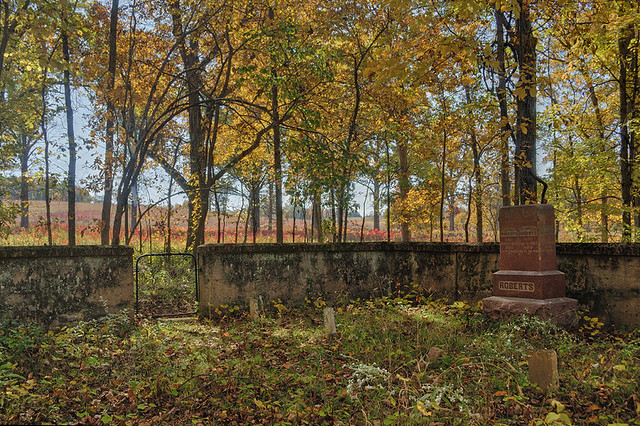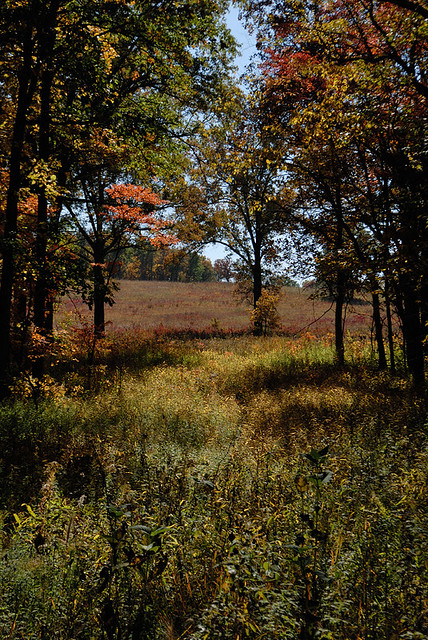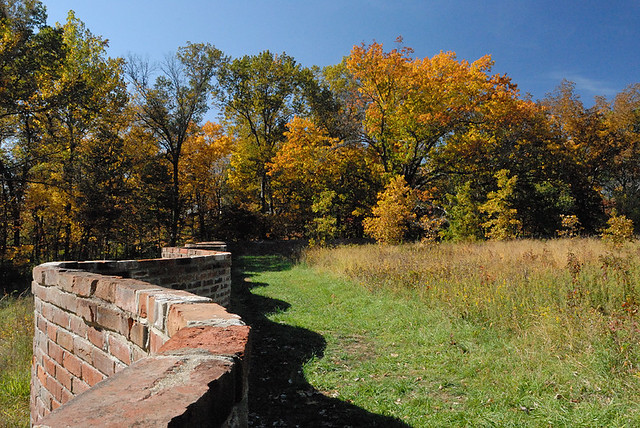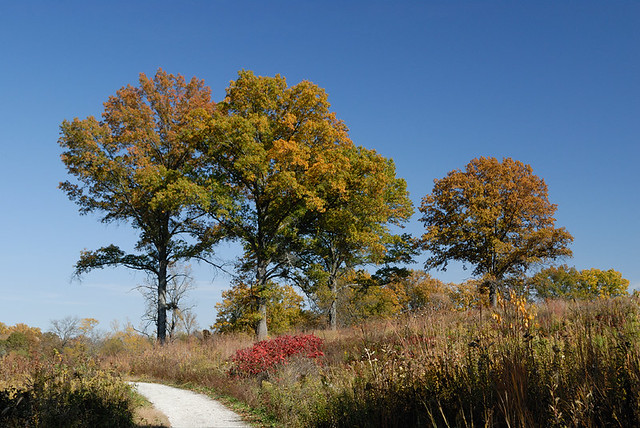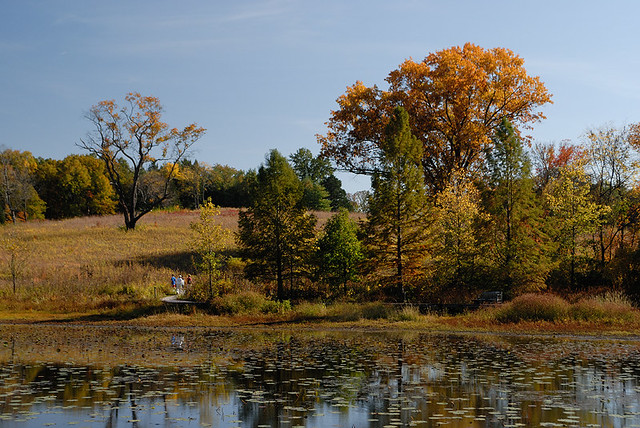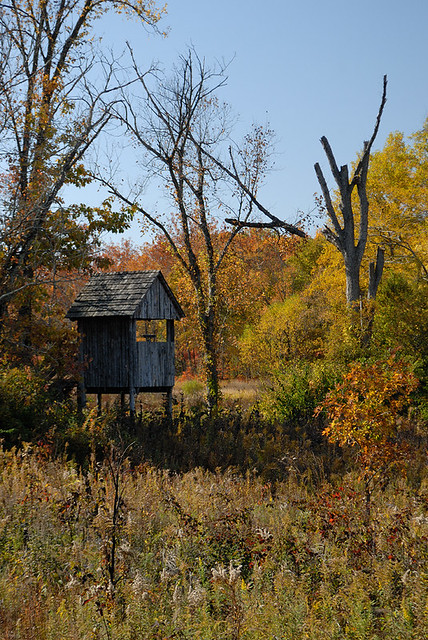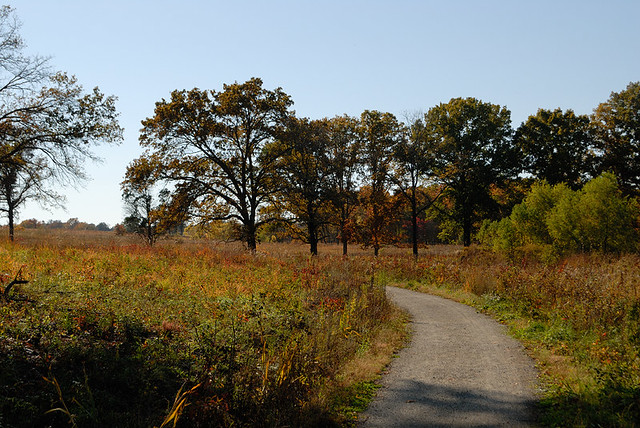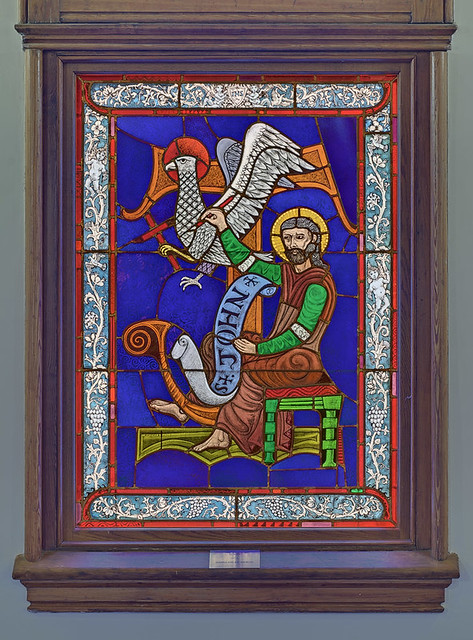
Stained glass window of Saint John the Apostle, at Saint Louis University.


 SAINT FRANCIS DE SALES ORATORY EMAIL NEWSLETTER 2653 Ohio Avenue Saint Louis, Missouri 63118 www.institute-christ-king.org www.TraditionForTomorrow.com 314-771-3100 | ||
|
...if you do not like what is sentimental and ceremonial, do not celebrate Christmas at all. — G.K. ChestertonThe commercial and tangential aspects of Christmas — those aspects which have nothing to do with the Incarnation of God in Bethlehem — are as criticized in our culture as they are celebrated, as we see in the well known television program A Charlie Brown Christmas, based on the characters from Charles Schultz's Peanuts comic strip, from 1965:
‘And there were in the same country shepherds abiding in the field, keeping watch over their flock by night. And, lo, the angel of the Lord came upon them, and the glory of the Lord shone round about them: and they were sore afraid. And the angel said unto them, Fear not; for, behold, I bring you tidings of great joy, which shall be to all people. For unto you is born this day in the city of David a Savior, which is Christ the Lord. And this shall be a sign unto you: Ye shall find the babe wrapped in swaddling clothes, lying in a manger. And suddenly there was with the angel a multitude of the heavenly host praising God, and saying, Glory to God in the highest, and on earth peace and goodwill towards men.’The studio executives thought that quoting sacred scripture was unsuited for television, but Schultz fought to keep it in. As far as I can remember, this is one of the few popular mainstream Christmas programs that actually mentions Christ.
...That's what Christmas is all about, Charlie Brown.
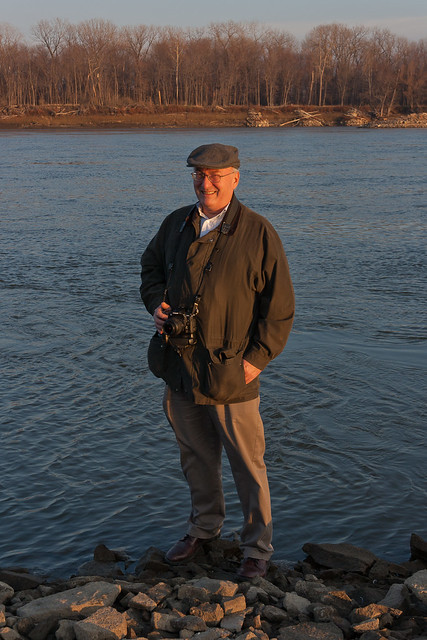
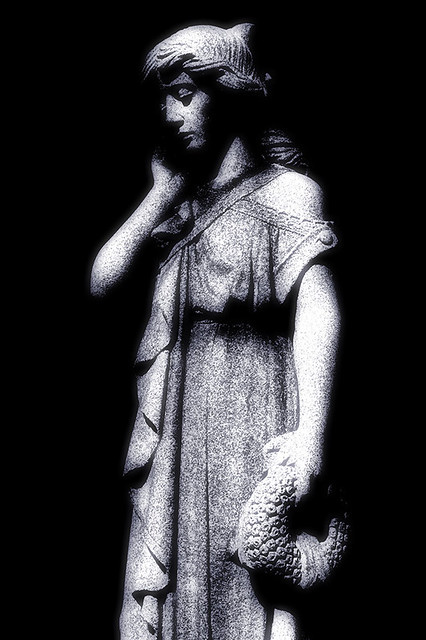
My anguish, my anguish! I writhe in pain!
Oh, the walls of my heart!
My heart is beating wildly;
I cannot keep silent...
Disaster follows hard on disaster,
the whole land is laid waste...
I looked on the earth, and lo, it was waste and void;
and to the heavens, and they had no light....


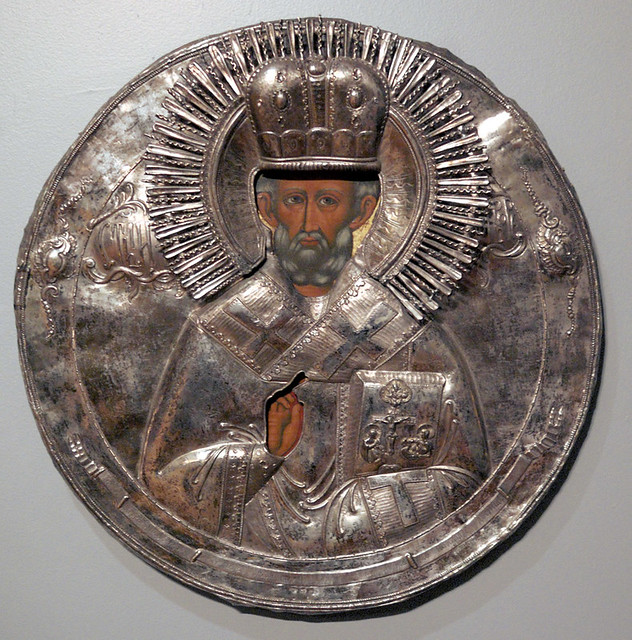
Joseph Pearce to Visit the Oratory of Saints Gregory and Augustine in Creve Coeur, at 7:00 pm, on Sunday, December 9, 2012.

TODAY IS the feastday of Saint Francis Xavier, of the Society of Jesus, who is called the greatest missionary since the Apostles, doing work in India, Indonesia, and Japan.
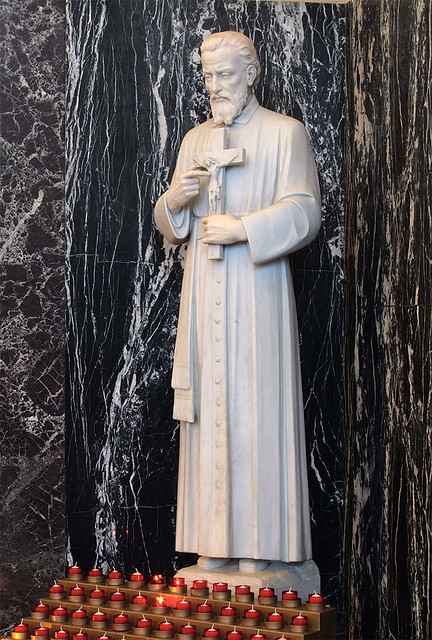

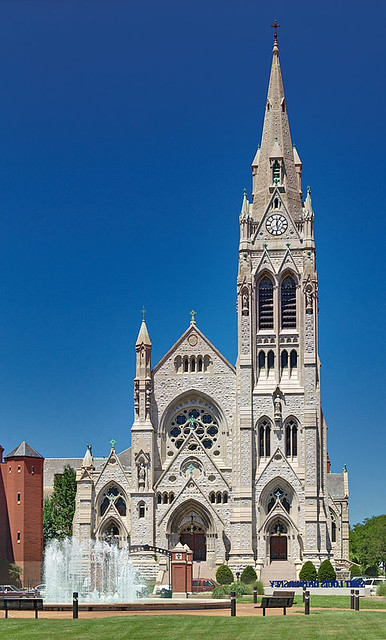
SEE THE ARTICLE, Collaboration Leads to New Line of Sanctuary Appointments, at the New liturgical Movement. This links to an interview with the head of Granda Liturgical Arts, which is starting a new line of sanctuary furnishings, in the classical style and designed for the American market, for those who desire “churches that look like churches.” From the interview:
The classicism of the design allows the Rinascimento [Italian, ‘Renaissance’] Series to work with almost any style church in the United States or elsewhere. In contrast, other artistic styles like the Romanesque, Gothic or Baroque demand a more specific architecture. The classic ideals of the Ancient Greek and Roman canons incorporated in the Rinascimento design make the Series universal and timeless.This makes sense. The strain of Modernism popular in the United States, especially in the vast number of suburban churches built in the 1960s, was based on the idea of stripping ornament from existing designs, while retaining a measure of the original formalism. Therefore restrained ornament can be added and yet the overall design can remain harmonious.
...there are not many good designers in Europe that are masters of the classic style for liturgical use. You can find plenty that are working in modernist or experimental styles. In many cases, they stir away from traditional works for inspiration and would be embarrassed if someone were to characterize their work as 'classic.’ These designers are indifferent or even inimical towards ideals like proportion, symmetry, timelessness and harmony. They are more focused on the artistically extravagant, intent to elicit strong reactions and working radically independent of the influence of historic architecture...And so the forefront of ecclesiastical architecture must be found elsewhere:
The United States, on the other hand, is currently the leader in a renewal movement in the area of ecclesiastical architecture, with a different kind of motive. Architects and designers who are the engine of this movement prefer to look towards very specific sources of inspiration: Tradition and Scripture, or the Temple on the Mount and the Heavenly Jerusalem, as models....For a good overview of the theological and architectural principles expressed by the new American school of Catholic church architecture, I would suggest Catholic Church Architecture and the Spirit of the Liturgy, by Denis R. McNamara.
CUSTOM CARDS for Christmas, featuring the photography of Tina aka Snup, can be ordered here:
http://www.etsy.com/shop/SHJPhotographyThese cards feature her photography.
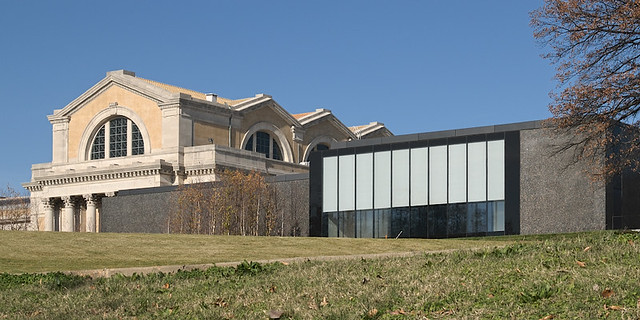
“It has been the Museum’s intention to construct a building appropriate for our time and achieve an architectural character that both stands on its own and complements the Cass Gilbert building, while taking advantage of the Museum’s spectacular site in Forest Park.”“Appropriate for our time”? Superficially, it looks as if it could have been designed in the 1960s, but Chipperfield, the designer, is called “uncompromisingly modernist in outlook,” and modernism in architecture is most associated with that decade; however popular culture is going through a phase of nostalgia for that time, so perhaps this is not surprising. The early 1960s were exceptionally optimistic times, giving us the progressive Kennedy presidency, the struggle against Communism, Vatican II, the civil rights movement, the space race, as well as the domination of modernism in architecture.
“The project seeks to create an unostentatious new wing of the existing museum which is modest in its architectural language and takes advantage of the museum's extraordinary setting as a ‘pavilion in the park’.”Although the museum website states the the expansion complements the original building, I rather think that it clashes with it. If I had been asked for my opinion on the museum expansion, I would have suggested a grand and vibrant neo-Baroque structure, designed by one of the many superb architects from the school of architecture at Notre Dame. This complementary style of building would reflect the museum's intrinsic cultural mission of reclaiming ground lost to the barbarous hordes, as the original Baroque of the Counter-Reformation combated the iconoclasm and austerity of the revolutionaries of the 16th century. Much of contemporary architecture today, most especially commercial retail properties and government buildings, are austere and iconoclastic to an extreme extent, and likewise, much of popular culture is tasteless to a degree almost unprecedented, and so the cultural mission is of great urgency.

![Portrait of a Cat I (Shilo) [EV=-4.5]](http://farm2.staticflickr.com/1282/4685475360_e89a7ba31e_z.jpg)
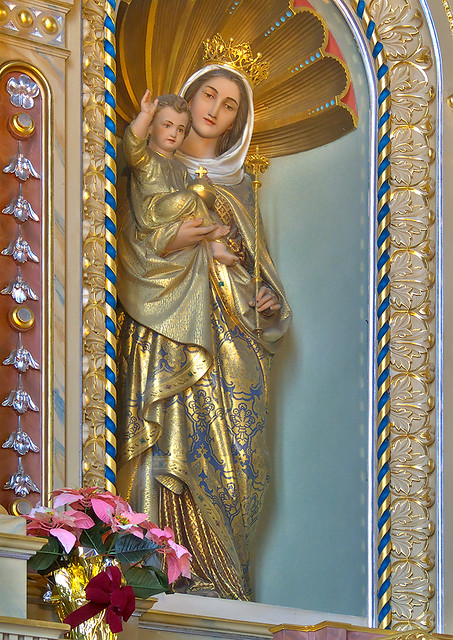

IN MEMORY OF
REV. ARNOLD W. BRUCKERHOFF
PASTOR OF ST. IGNATIUS PARISH
1965 - 1975

ACCORDING TO TRADITION — albeit not a particularly old tradition, nor a holy one — on the day after Thanksgiving, merchants offer discounts on gift purchases.
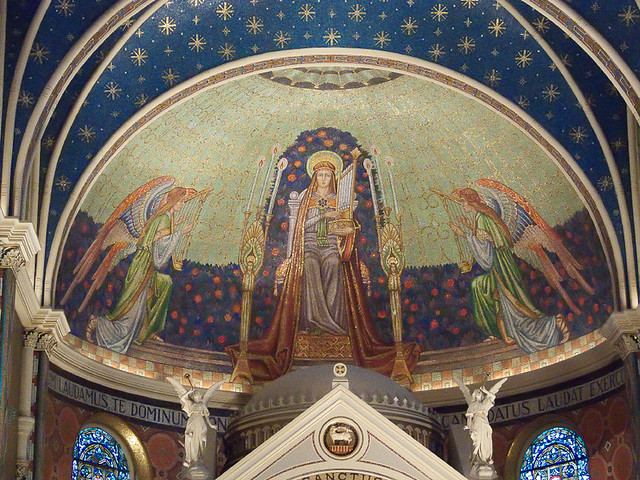
FORASMUCH as it is the indispensable Duty of all Men to adore the superintending Providence of Almighty God; to acknowledge with Gratitude their Obligation to him for Benefits received, and to implore such farther Blessings as they stand in Need of: And it having pleased him in his abundant Mercy, not only to continue to us the innumerable Bounties of his common Providence; but also to smile upon us in the Prosecution of a just and necessary War, for the Defense and Establishment of our unalienable Rights and Liberties; particularly in that he hath been pleased, in so great a Measure, to prosper the Means used for the Support of our Troops, and to crown our Arms with most signal success:— Pilgrim Hall Museum
It is therefore recommended to the legislative or executive Powers of these UNITED STATES to set apart THURSDAY, the eighteenth Day of December next, for SOLEMN THANKSGIVING and PRAISE: That at one Time and with one Voice, the good People may express the grateful Feelings of their Hearts, and consecrate themselves to the Service of their Divine Benefactor; and that, together with their sincere Acknowledgments and Offerings, they may join the penitent Confession of their manifold Sins, whereby they had forfeited every Favor; and their humble and earnest Supplication that it may please GOD through the Merits of JESUS CHRIST, mercifully to forgive and blot them out of Remembrance; That it may please him graciously to afford his Blessing on the Governments of these States respectively, and prosper the public Council of the whole: To inspire our Commanders, both by Land and Sea, and all under them, with that Wisdom and Fortitude which may render them fit Instruments, under the Providence of Almighty GOD, to secure for these United States, the greatest of all human Blessings, INDEPENDENCE and PEACE: That it may please him, to prosper the Trade and Manufactures of the People, and the Labor of the Husbandman, that our Land may yield its Increase: To take Schools and Seminaries of Education, so necessary for cultivating the Principles of true Liberty, Virtue and Piety, under his nurturing Hand; and to prosper the Means of Religion, for the promotion and enlargement of that Kingdom, which consisteth "in Righteousness, Peace and Joy in the Holy Ghost."
And it is further recommended, That servile Labor, and such Recreation, as, though at other Times innocent, may be unbecoming the Purpose of this Appointment, be omitted on so solemn an Occasion.

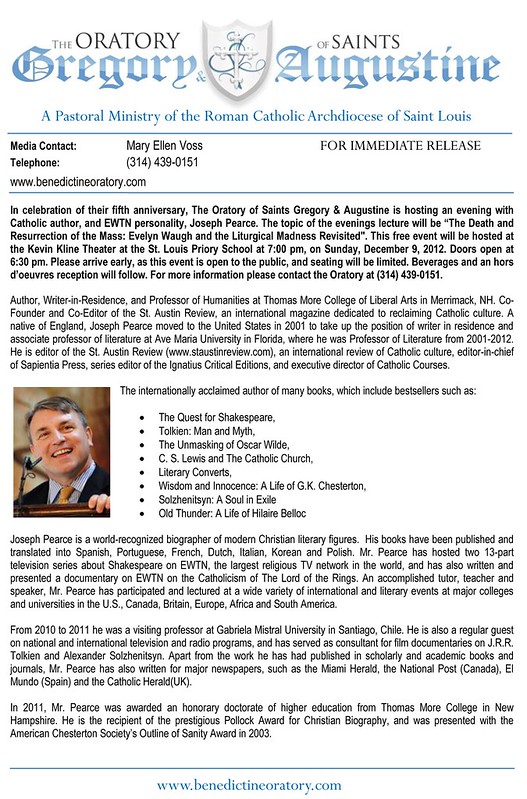
READERS FREQUENTLY ask me if they can purchase prints of the photos found on this website; while I am always happy to provide prints, this manual process was slow and consequently expensive. However, I now have an easy-to-use website with better pricing.


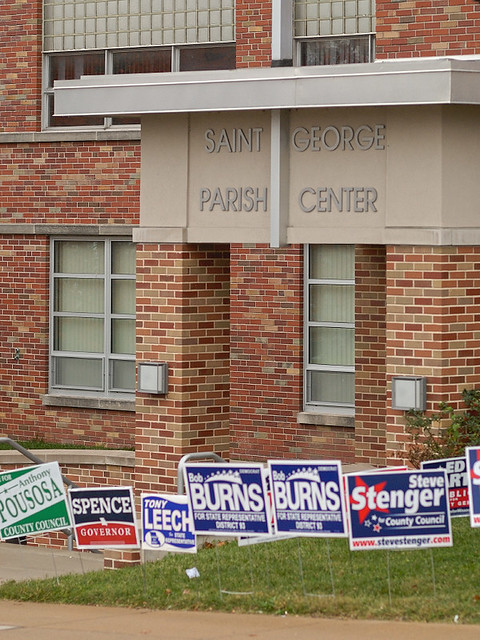

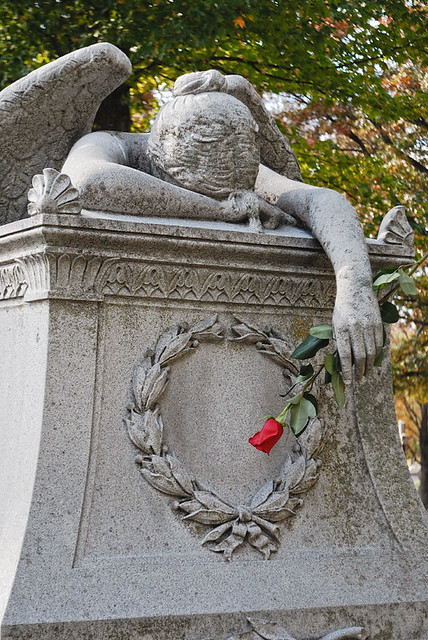
Day of wrath and doom impending, David’s word with Sibyl’s blending, Heaven and earth in ashes ending!
O what ear man’s bosom rendeth, When from heaven the Judge descendeth, On whose sentence all dependeth!
Wondrous sound the trumpet flingeth, Through earth’s sepulchres it ringeth, All before the throne it bringeth.
Death is struck, and nature quaking, All creation is awaking, To its Judge an answer making.
Lo! the book exactly worded, Wherein all hath been recorded; Thence shall judgment be awarded.
When the Judge His seat attaineth, And each hidden deed arraigneth, Nothing unavenged remaineth.
What shall I, frail man, be pleading? Who for me be interceding, When the just are mercy needing?
King of majesty tremendous, Who doest free salvation send us, Fount of pity, then befriend us!
Think, kind Jesu! —my salvation Caused Thy wondrous Incarnation; Leave me not to reprobation.
Faint and weary Thou has sought me, On the Cross of suffering bought me; Shall such grace be vainly brought me?
Righteous Judge! for sin’s pollution Grant Thy gift of absolution, Ere that day of retribution.
Guilty, now I pour my moaning, All my shame with anguish owning; Spare, O God, thy suppliant groaning!
Through the sinful woman shriven, Through the dying thief forgiven, Thou to me a hope hast given.
Worthless are my prayers and sighing, Yet, good Lord, in grace complying, Rescue me from fires undying.
With Thy sheep a place provide me, From the goats afar divide me, To Thy right hand do thou guide me.
When the wicked are confounded, Doomed to shame and woe unbounded, Call me, with thy Saints surrounded.
Low I kneel, with heart’s submission, See, like ashes my contrition! Help me in my last condition!
Ah! that day of tears and mourning! From the dust of earth returning, Man for judgment must prepare him:
Spare, O God, in mercy spare him! Lord, all‐pitying, Jesu blest, Grant them thine eternal rest. Amen.


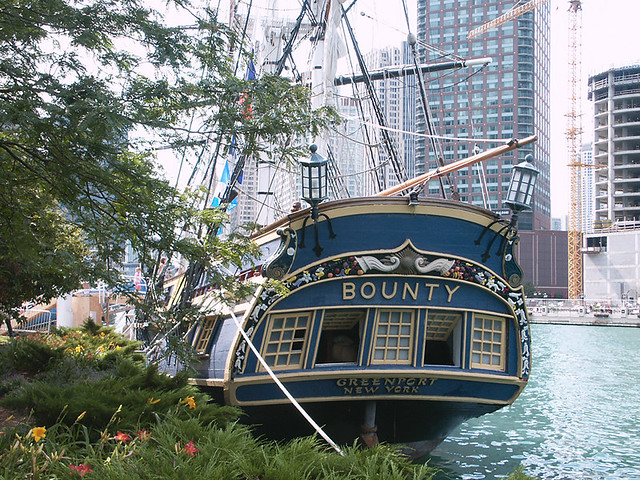
On October 25, 2012, the vessel left New London, Connecticut, heading for St. Petersburg, Florida, initially going on an easterly course to avoid Hurricane Sandy. On 29 October 2012 at 03:54 EDT, the ship's owner called the United States Coast Guard for help during the hurricane after she lost contact with the ship's master. The ship's master had reported she was taking on water off the coast of North Carolina, about 160 miles (260 km) from the storm, and the crew were preparing to abandon ship. There were sixteen people aboard. Vice Admiral Parker, USCG, reported the ship had sunk and fourteen people had been rescued from liferafts by two rescue helicopters. The storm had washed the captain and two crew overboard—one of the latter had made it to a liferaft, but the other two were missing. They wore orange survival suits complete with strobe lights, thereby giving rescuers some hope of finding them alive. Claudene Christian, one of the two missing crewmembers and a descendant of the original Bounty's Fletcher Christian, was found by the Coast Guard. She was unresponsive, and rushed to a hospital where she was pronounced dead.
The other missing crew member was long time Captain Robin Walbridge.
Bounty's last reported position was 33°54′N 73°50′W.
THE UNITED STATES is not a Christian country; this claim can be substantiated first by examining the beliefs of most of her Founding Fathers, and secondly by the nature of the political process itself: can true Christian discipleship exist within a man (or woman!) who desires the power invested in the U.S. government, and more importantly, is willing to do the vile things that are required to get elected?
...Much of how you judge the Founders’ intentions and the historical record of religion and public life in American history depends upon what you mean by religion. Ferrara convincingly argues that the Founders were more or less Masonic deists to a man, with no desire to see anything like a robust, orthodox Christianity, even of the Protestant variety, shaping public life. They certainly believed that the health of the republic depended upon a disciplined, moral citizenry and believed that religion—at the very least, a belief in God and fear of damnation—was useful as a prop to support such a public morality. That the moral probity of eighteenth-century Masonic British gentry strikes many a conservative Catholic today as a rough approximation of a Catholic world view should be troubling to Catholics, whatever their politics. The only God that the Founders acknowledged as having public standing was, as Ferrara’s title suggests, the God of Liberty.This does not mean that Catholics ought not be patriotic, for patriotism is direct result of the cardinal virtue of justice, and is a form of filial piety. It simply means that we ought not to believe in the philosophical foundations and current legal theories of our great empire.
For Ferrara, Liberty is not a political ideal, but a rival faith, a false idol. His book is difficult reading for any Catholic, liberal or conservative, raised on the idea of the complete compatibility of Catholicism and the American Founding...
...Ferrara argues that the whole modern social contract tradition has been nothing less than an alternative foundational myth, a parody or perversion of the origins of human society found in the Book of Genesis. If traditional Christendom saw the purpose of political life to approximate, within the limits of our fallen nature, the City of God amidst the City of Man, the social contract tradition understands politics as a tool for protecting individual freedom, particularly through the instrument of rights. In public life, Catholics have been all too willing to accept this myth as a guide to political action—such as the grounding of pro-life politics in a “right to life....”Herein lies the problem. How can Catholics relate to the wider American culture? Protestants will not accept the teaching authority of the Church just as secularists will not accept the authority of the Bible. What mode of argument ought we use? For the time being, the bishops of the United States are using the language of the social contract, along with its notions of rights and duties, for at least that is language that is understood. But if those notions are false, this will lead to trouble in the future.
If Locke’s political philosophy is at fundamental odds with Catholicism in theory, it is at odds with itself in practice. The great philosopher of liberty significantly excluded Catholicism from his vision of religious tolerance, largely because, through the person of the pope, the Catholic Church still claimed to have some public authority over the rule of princes. The so-called “Glorious Revolution” that drove a legitimate Catholic king (James II) from the throne of England and secured Protestant rule was followed by a century long battle to bleed Catholicism from the people of Ireland through a series of draconian penal laws. The irony of coercion in the name of freedom was not limited to eighteenth-century Ireland or the French Revolution, but has characterized the reign of Lockean freedom in American history...The Original Sin of Eden is the original sin of the founding of the nation, and the American rejection of the actual original sin has led to other, greater sins. In American history, we usually find that great idealism is followed by great atrocity at the hands of the idealists themselves. The idealistic founding of the Republic was followed by a bloody war for independence (which was an unjust rebellion against a legitimate ruler); the liberation of slaves during the Civil War led to the genocide of the Indians; the New Deal led to the intentional bombing of civilians in World War II; and the Civil Rights movement led to the atrocity of abortion on demand. What future atrocities can we expect from our current round of idealists who seek novel rights and freedoms?
Any honest look at American history will show that negative liberty, “freedom from,” has consistently triumphed in its battle against positive conceptions of human flourishing and the common good... Catholics can work with the American system, but they first must realize what it is. When the Church converted the Roman Empire, it knew that it was dealing with a pagan institution... If Catholics are to be truly Catholic in America, and not just a branch office of the Church of Liberty, we need to first stand apart from a political tradition born in a revolt against the Catholic Church....This, he provocatively writes, is “a necessary declaration of Catholic independence.” However, we aren't going to start any bloody revolutions because of this, but rather pray for a conversion of hearts.
THE LORD GIVES, and the Lord takes away, says Job, in one of the more heartbreaking books of sacred scripture. The beauty of one day can lead to a devastating storm the next. God's answer to Job's lament is the sublimity of creation, which we ought to appreciate and fear, but never take for granted.
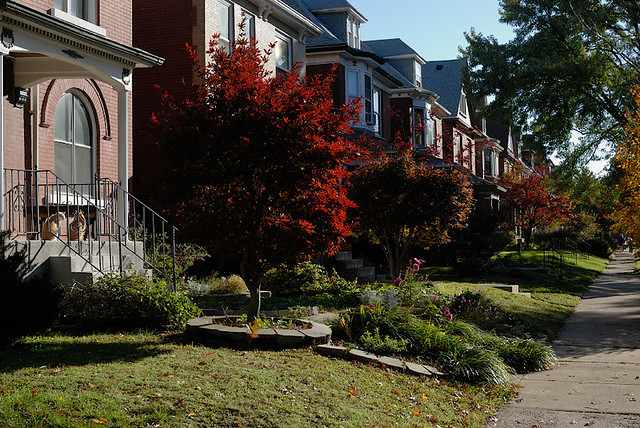
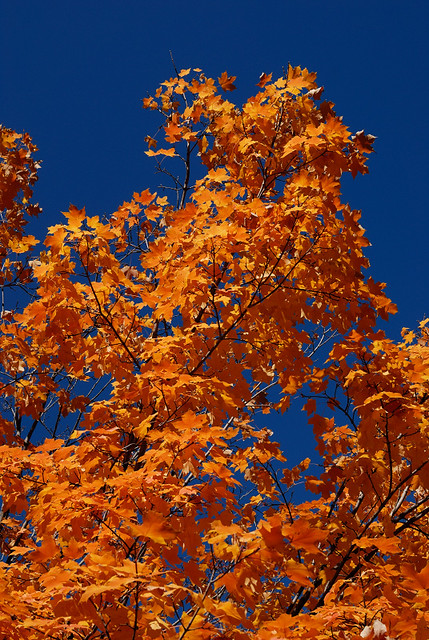
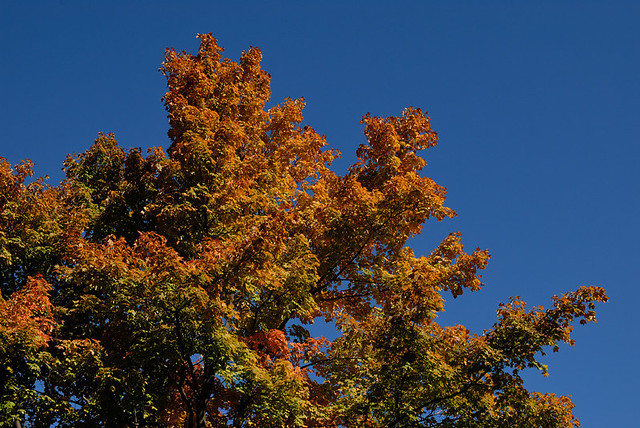

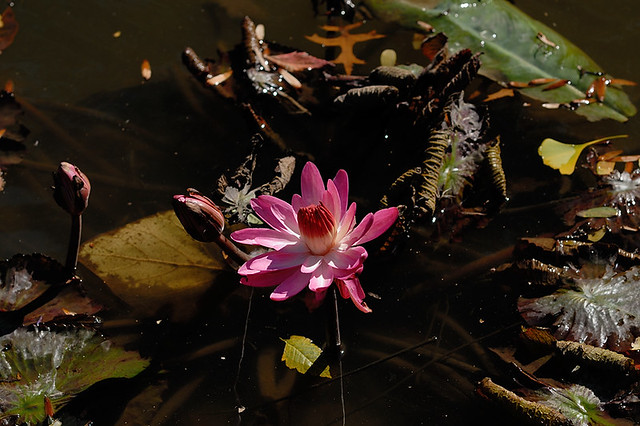

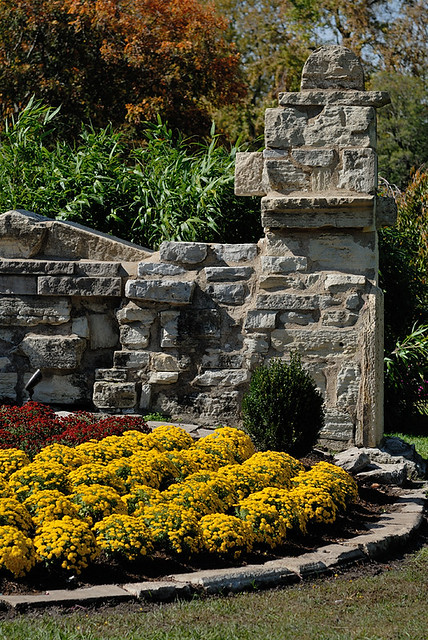

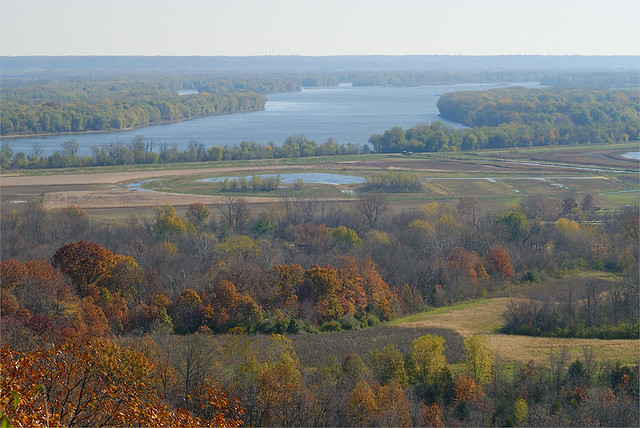
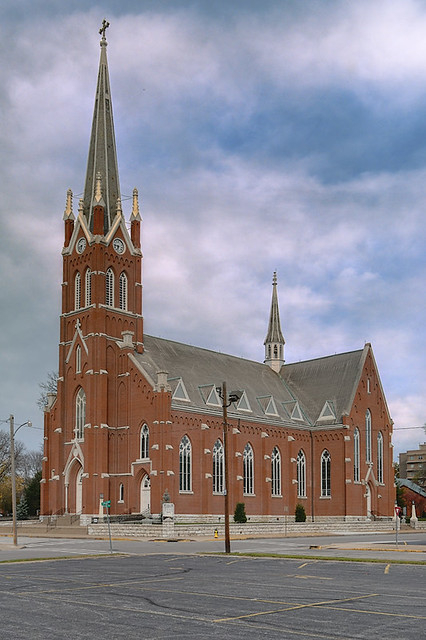

...we pray the full monastic Office as laid out in the Rule. We observe the monastic fast and we have retained the patrimony of Gregorian chant. In addition, the Holy See has entrusted us with the special apostolate of celebrating the Eucharist in both forms (in utroque usu), that is, the Ordinary Form and the Extraordinary Form of the Roman Rite. We do all kinds of work (manual, clerical and intellectual) including some limited apostolic work. Monastic formation in Norcia focuses heavily on the interior life: conversion, self-knowledge, the rooting out of vices and the acquiring of virtues – all this to create the necessary conditions for contemplative prayer. We are a young international community, eager to love and serve Our Lord Jesus Christ with all our heart.Generally, Benedictine monasteries are self-supporting, and in this monastery, by the making of beer. A description of their beer can be found here. They explain:
In complete harmony with the centuries old tradition, the monks of Norcia have sought to share with the world a product which came about in the very heart of the monastic life, one which reminds us of the goodness of creation and the potential that it contains. For the monks of Norcia, beer has always been a beverage reserved for special occasions, such as Sundays and Feast days. The project of the monastic brewery was conceived with the hope of sharing with others the joy arising from the labor of our own hands, so that in all things the Lord and Creator of all may be sanctified.Having once worked as an industrial engineer at the beermaker Anheuser-Busch, I enjoyed viewing the monks' contemporary (albeit very low-volume) brewing machinery in the video.
THIS SUMMER'S SEVERE drought caused widespread crop failure, but also harmed many trees. But late rains meant that fall foliage would once again put on a grand show of color before winter.

